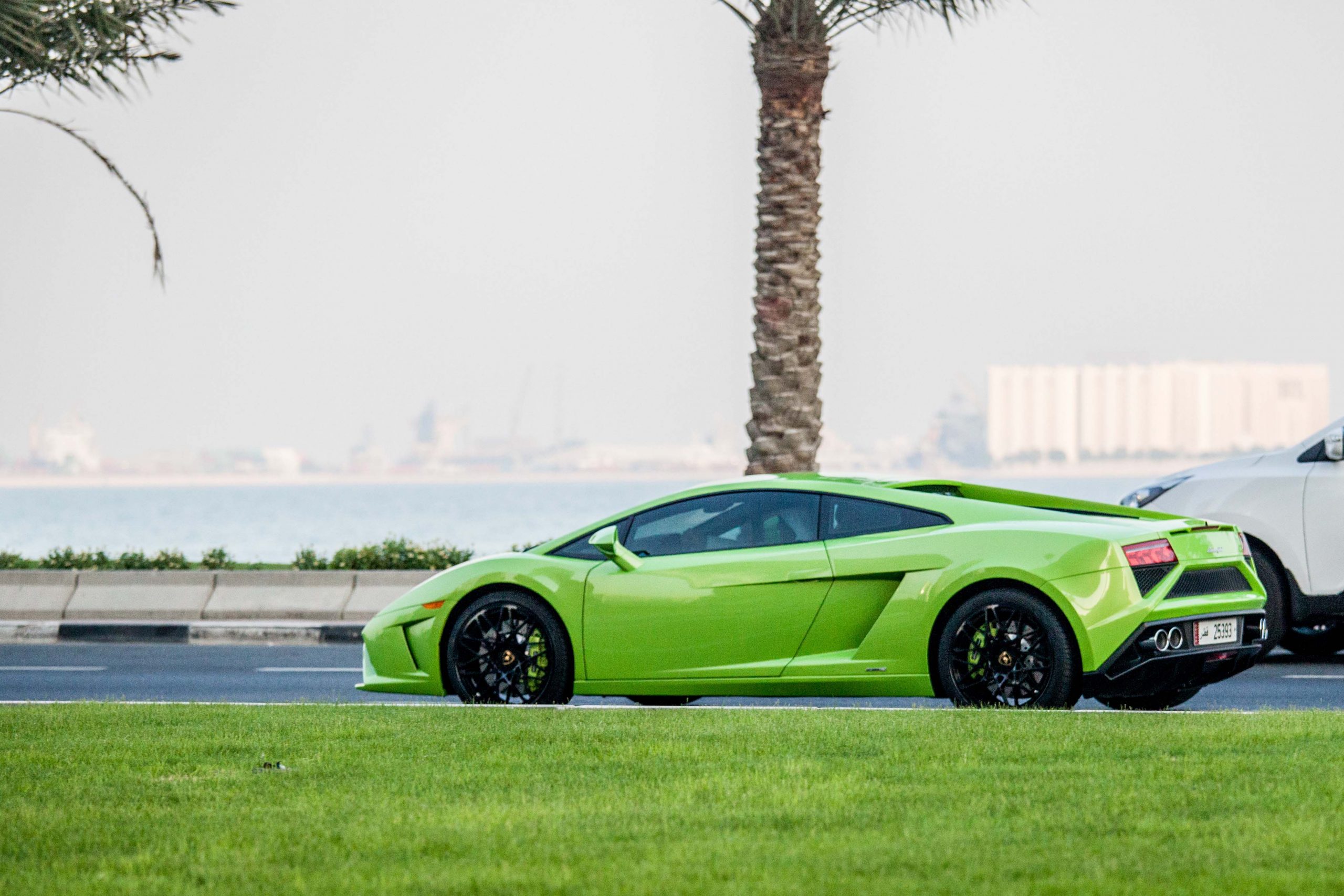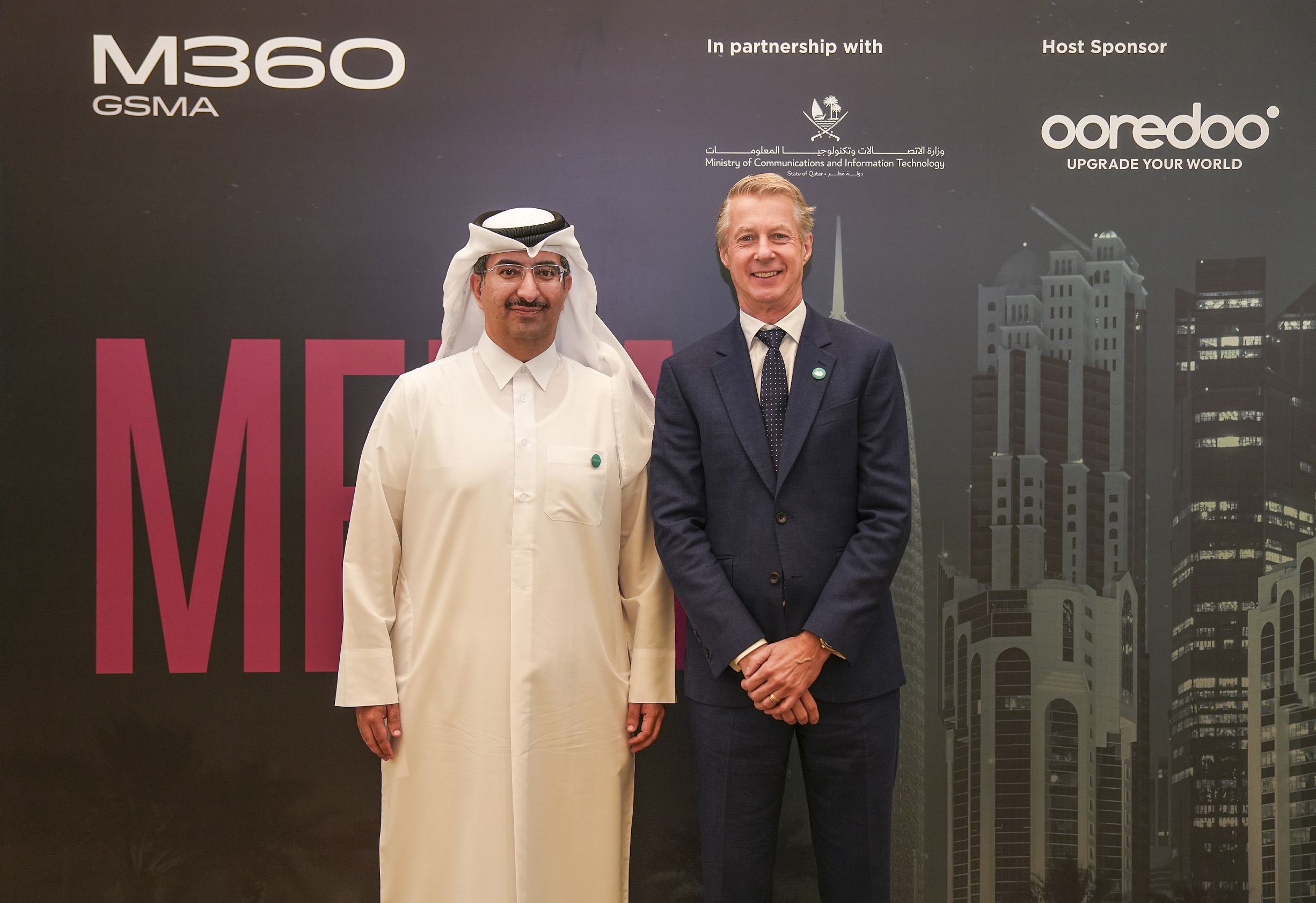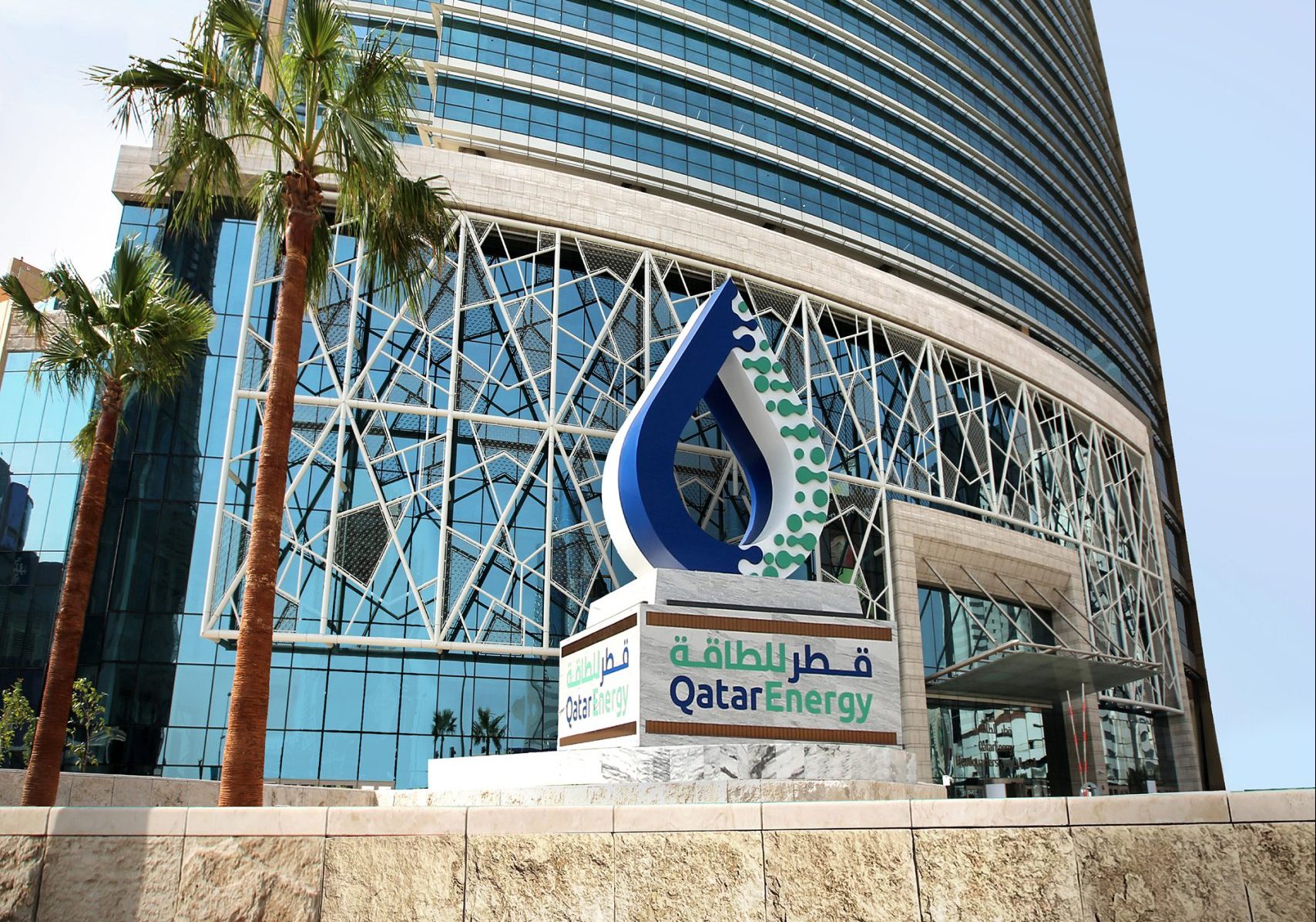
Over the past 15 years, Qatar has seen the fastest growth in high net-worth individuals (HNWIs) in the Middle East, according to a recently released report by South Africa-based consultancy group New World Wealth.
The Gulf state is now home to some 39,000 HNWIs, compared to 9,500 in the year 2000. But that number is expected to grow more slowly (at 35 percent) to 52,700 individuals in the next 10 years, the Middle East 2014 Wealth Report found.

The study described a HNWI as an individual with net assets (financial holdings, business interests and tangible assets, excluding primary residence) of at least US$1 million, and includes expats working and living in the country, not just citizens.
In a statement to Doha News, New World Wealth analyst Andrew Amoils explained some of the reasons behind Qatar’s growth in wealth:
“HNWI growth in Qatar (is) fueled by strong economic growth, the migration of a large number HNWIs to the country (mainly from rest of the Middle East and North Africa) and growth in a number of high value sectors including financial services and real estate,” he said.
Notably, while previous reports have shown that there is an established financial elite in the country, there are also many locals who are suffering financially while trying to keep up with their peers, and others who are drowning in debt.
How Qatar shapes up
Relative to the rest of the MENA region, Qatar is also home to the wealthiest individuals per capita, with an average $180,000 in wealth per person.
The UAE came in second place, with over $76,000 in wealth per person, followed by Kuwait with almost $74,000 in wealth per person.

Iran came in last on the regional rankings, with US$5,500 average wealth per person.
However, it ranked second after Qatar in terms of the growth of HNWIs, rising almost 200 percent over the past 14 years.
The UAE came in third place in terms of growth with an increase in HNWIs of 175 percent, followed by Kuwait and Jordan.
Similar to Qatar, the UAE’s growth was supported by migration – over 10,000 HNWIs moved to the Emirates over the last 14 years, and their coffers were bolstered by the strong performance of local equity and local real estate markets, according to the report.
Regionally speaking, there are approximately 460,000 HNWIs living in the Middle East, with combined wealth holdings of $2.2 trillion. This equates to approximately 48 percent of the total wealth held in the region ($4.6 trillion), the report states.
It added that the numbers of HNWIs in the region have increased by 136 percent during the 14-year review period (2000-2014), compared to the worldwide HNWI growth rate of 73 percent over the same period.
Predictions

Although Qatar topped the list in several aspects for the last decade, the report predicted that in the next 10 years Qatar’s HNWI growth will slow to 35 percent, dropping it to fifth place regionally.
Other Arab countries are expected to see a similar drop-off in growth due to the decline in oil prices and ongoing political and religious tensions in the region, the report stated.
It added:
“Crude oil prices declined by over 50% during the past year (2014), which could detrimentally effect economic growth numbers over the next few years… The decline in oil prices may also deter further business formation and construction in these countries going forward.”
By 2024, Jordan is forecast to come in first place in terms of growth with an HNWI prediction of 68 percent, followed by Turkey and the UAE, according to the report.
Other findings
The report also included findings on how HNWI and multi-millionaires store their wealth.
“Lower-tier” millionaires (with net assets of between $1 and $5 million) have a tendency to hold onto cash and put their money in real estate, while billionaires (with net assets of $1 billion or more) tend to invest in collectables, commodities and other alternatives assets such as hedge funds.

“Affluent millionaires” (with net assets between $30 and $100 million) are most likely to invest in fixed income and equities, according to the report.
Meanwhile, art, wine and classic automobiles are becoming “increasingly popular methods to store wealth among HNWIs around the world,” the report added.
It stated that HNWIs in the region held approximately $2.6 billion worth of fine art at the end of 2014.
Thoughts?







